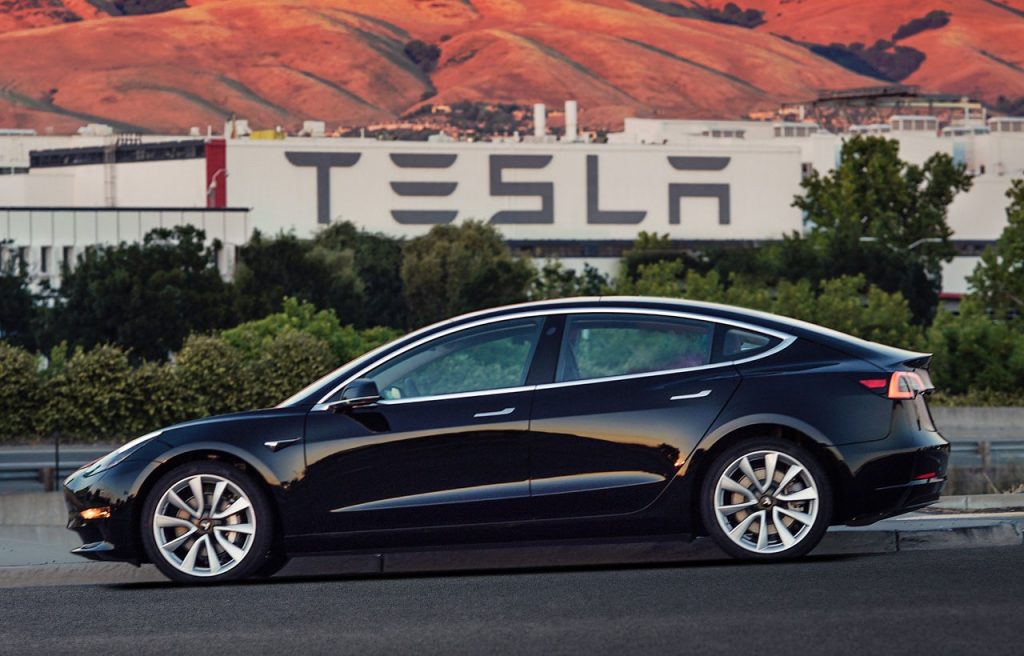Tesla has made waves in the electric vehicle (EV) market with the introduction of its latest innovation, the Oasis Supercharger, located in Lost Hills, California. This groundbreaking charging station is not just another addition to Tesla’s Supercharger network; it stands out as a massive solar-powered facility aimed at reshaping how electric vehicles are charged. By utilizing renewable energy sources, Tesla showcases a commitment to sustainability, enhancing the reliability of EV charging even in the face of power grid limitations.
| Article Subheadings |
|---|
| 1) Overview of the Oasis Supercharger |
| 2) Features of the Oasis Supercharger |
| 3) The Impact on Local Energy Grids |
| 4) Challenges Facing Future Off-grid Projects |
| 5) Industry Implications and the Road Ahead |
Overview of the Oasis Supercharger
The Oasis Supercharger has become a centerpiece for Tesla’s vision to integrate renewable energy into its EV charging network. Located in Lost Hills, California, this facility marks a significant advancement in Tesla’s mission to create a sustainable environment for electric vehicle owners. It represents more than a mere station; it is an ambitious effort to utilize solar power to fuel Tesla vehicles while reducing reliance on traditional energy, ultimately paving the path for a cleaner future.
Tesla CEO Elon Musk has long advocated for a system where most Supercharger stations would be powered by renewable energy sources. While prior upgrades at existing stations showed a commitment to this vision, they often remained reliant on conventional electricity sources. The Oasis Supercharger fulfills promises made years ago, delivering an operational structure that is both innovative and practical.
Features of the Oasis Supercharger
Spanning 30 acres, the Oasis Supercharger is one of the most expansive solar-powered charging stations globally. Designed to cater to a growing market of electric vehicle users, it features 168 charging stalls, with 84 already in operation. The facility draws power from an impressive setup of 11 megawatts of solar panels, augmented by the latest technology in battery storage. This system includes 10 Megapacks, providing a staggering 39 megawatt-hours of stored energy.
In addition to its remarkable charging capabilities, the Oasis Supercharger is designed for all-weather reliability. The facility integrates a comprehensive battery storage solution, allowing it to operate independently from the conventional power grid—a crucial factor for effective charging, especially during power outages or in areas lacking reliable electricity supply.
The Impact on Local Energy Grids
One of the most significant benefits of the Oasis Supercharger is its ability to alleviate stress on local energy grids. With the increasing popularity of electric vehicles, conventional power sources risk becoming overloaded. By generating and storing its own energy, the Oasis not only becomes a self-sufficient charging hub but also aids in stabilizing the local power infrastructure.
The Oasis Supercharger is also an essential step toward addressing energy sustainability challenges. As the demand for electric vehicles rises, the need for reliable, sustainable charging options becomes more urgent. With its solar installations, the Oasis serves as a model for future EV charging stations, demonstrating that sustainable energy solutions can lead to a more resilient EV infrastructure.
Challenges Facing Future Off-grid Projects
Despite the promising features and benefits of the Oasis Supercharger, hurdles remain for the broader adoption of similar off-grid projects. Recent changes in U.S. legislation have reduced incentives aimed at promoting solar energy and battery storage solutions. This regulatory environment could slow the advance of similar initiatives, creating barriers for companies seeking to invest in renewable energy-based infrastructure.
As the battle for clean energy continues, it is essential that policies evolve to support such eco-friendly projects. Barring shifts that incentivize renewable energy, facilities like the Oasis Supercharger may stand as solitary examples rather than a widespread norm.
Industry Implications and the Road Ahead
The Oasis Supercharger is not just an isolated accomplishment for Tesla; it represents a significant industry milestone for the future of electric vehicle charging. By showcasing feasible solar-powered infrastructure, it could inspire other manufacturers and energy providers to explore similar initiatives, fostering a collaborative approach to sustainable energy solutions.
The success of the Oasis Supercharger might also drive greater consumer awareness about the importance of sustainable energy options. As electric vehicle owners begin to rely on cleaner charging technologies, an entire market could shift towards greener alternatives. For Tesla, maintaining this pioneering position in renewable energy technology will be crucial as competition intensifies in the EV marketplace.
| No. | Key Points |
|---|---|
| 1 | Tesla’s Oasis Supercharger utilizes solar energy to power its charging stations. |
| 2 | The facility can operate completely off-grid due to advanced battery storage technology. |
| 3 | Oasis Supercharger significantly eases the demand on local energy grids by generating its own power. |
| 4 | Regulatory changes may hinder the development of future off-grid EV charging stations. |
| 5 | The success of the Oasis could pave the way for broader industry adoption of renewable energy charging stations. |
Summary
The Oasis Supercharger marks a transformative step in electric vehicle charging infrastructure, combining sustainability with practicality. Tesla’s innovative approach could redefine the standards for EV charging stations globally. However, the road ahead is fraught with regulatory challenges that could impede the expansion of similar facilities. By successfully navigating these hurdles, the vehicle industry could move closer to a unified vision of clean and reliable transportation.
Frequently Asked Questions
Question: What is the Oasis Supercharger?
The Oasis Supercharger is Tesla’s latest charging station powered entirely by solar energy, designed to operate independently from the traditional power grid.
Question: How many charging stalls does the Oasis Supercharger have?
The Oasis Supercharger features a total of 168 charging stalls, with half of them already operational.
Question: What technologies enable the Oasis Supercharger to operate off-grid?
The Oasis utilizes advanced solar panel installations alongside state-of-the-art battery storage systems, allowing it to generate and store renewable energy independently.


